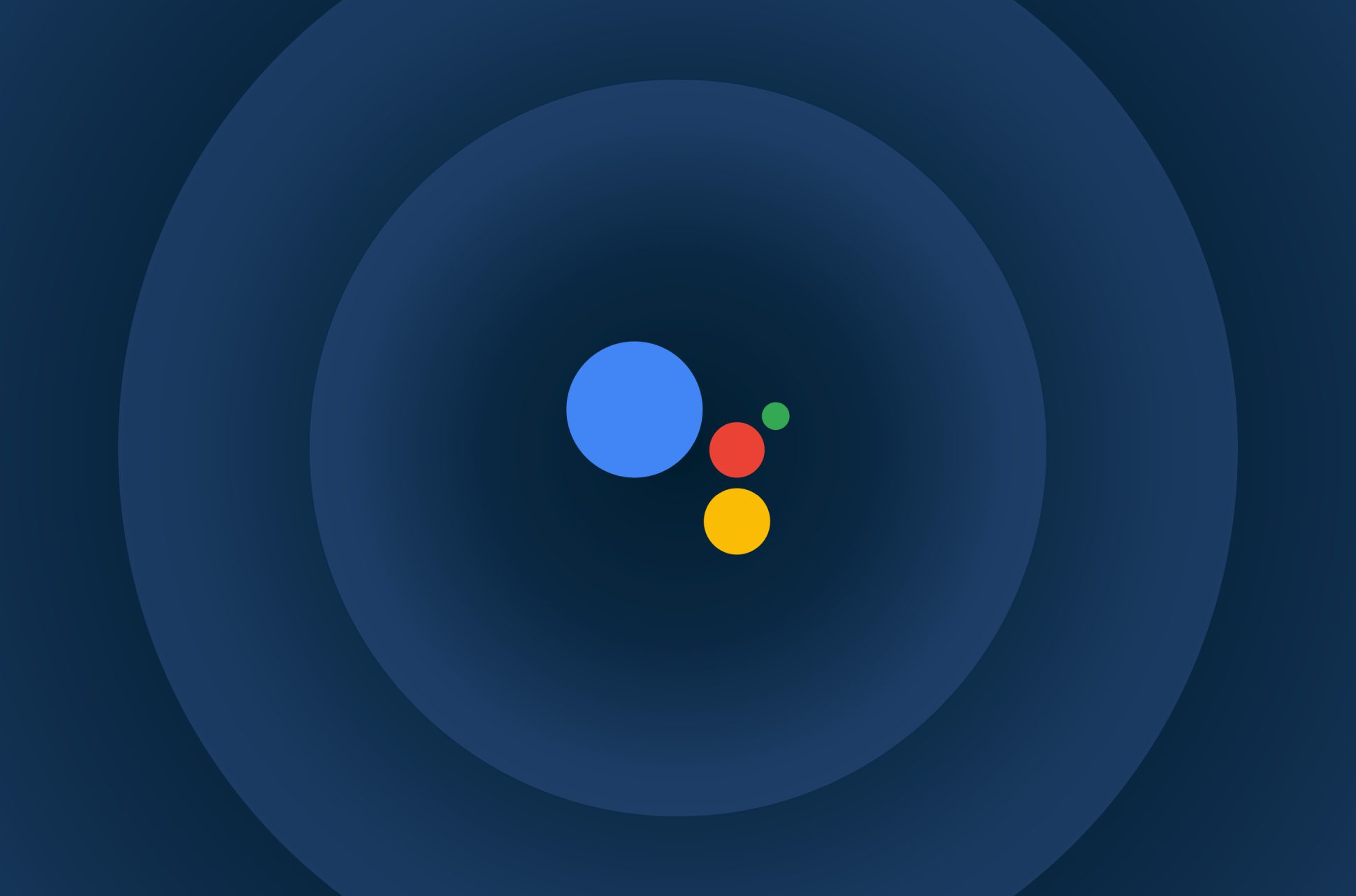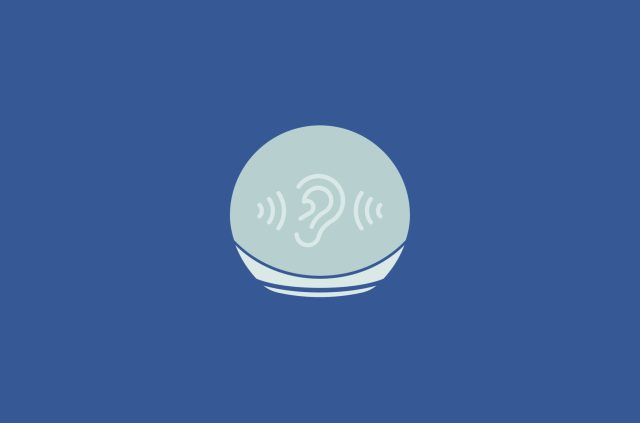
Beam me up, Scotty!
Well, we’re not quite there yet but we are at least closer to Star Trek in one way: the ubiquity of intelligent voice assistants. While we might not have fully sentient androids… yet… virtual assistants like Amazon Alexa, Google Assistant, and Siri are doing their best bridging that gap.
So, let's boldly go into a breakdown of the major intelligent virtual assistants currently available on the market.
| Alexa | Google Assistant | Siri | |
| Initial release | November 2014 | May 2016 | October 2011 |
| Developer | Amazon | Apple | |
| Operating system | Fire OS 5.0 or later, iOS 11.0 or later, Android 4.4 or later | Android, ChromeOS, iOS, iPadOS, KaiOS, Linux | iOS 5.0 or later, macOS Sierra or later, watchOS |
| Platform | Amazon Echo, Fire OS, iOS, Android, Linux, Windows | Android, Google Nest,
Wear OS, Android TV , ChromeOS, iOS, iPadOS, Ubuntu, Raspberry Pi |
iPhone, iPad,
iPod Touch, Mac, Apple TV, Apple Watch, HomePod |
| Languages | English, French, German, Japanese, Italian, Spanish, Portuguese, Hindi, Arabic | 28 including English, Danish, Dutch, Hindi, Italian, Japanese, Korean, Polish, Russian, Spanish, and Thai | 21 including Arabic, Chinese, Finnish, French, Hebrew, Korean, Malay, Norwegian, and Turkish |
| Accessibility | 41 countries | Over 90 countries | 37 countries |
Amazon Alexa

Speaking of Star Trek, the development of Amazon’s Alexa was directly inspired by the computer’s voice on the USS Enterprise in Star Trek: The Next Generation! For further context, the project was actually created by a Polish developer who was initially inspired by HAL from 2001: A Space Odyssey—which… you know… good lord… no—and subsequently purchased by Amazon in 2013.
Originally designed to operate on Amazon Echo devices, Alexa has now expanded for use on other smart devices as well. Perhaps Alexa's biggest strength lies in its extensive compatibility with a wide range of smart home devices.
Ideal usage
Alexa excels at home automation and smart home control. It integrates smoothly with a wide variety of smart devices including thermostats, lights, security cameras, and door locks. This is handy for tasks like adjusting the temperature, dimming the lights, or activating smart locks.
Alexa also boasts a vast library of third-party skills which expand its functionality to allow users to perform tasks beyond basic home automation including ordering groceries, listening to music, setting reminders, and even requesting jokes.
Smart home functionality
As Alexa is compatible with a range of third-party smart devices, users have the flexibility to really customize their entire smart home experience. Of the three devices in this article, Alexa is probably the best for cross-functionality with devices from other vendors.
Google Assistant

Google Assistant is a virtual assistant developed by Google and available on a wide variety of platforms, including smartphones, smart speakers, and other smart devices. Google Assistant excels in its ability to leverage the vast knowledge and information available through Google's search engine, providing detailed and accurate responses to queries.
Ideal usage
Google Assistant's strengths revolve around information retrieval and productivity. Need to know the weather, traffic conditions, or who played that one minor character on whatever show you’re currently watching? Simply ask Google Assistant, and it’ll provide you with up-to-date information…except wherever you’ve left your keys.
The assistant can also handle tasks such as setting reminders, scheduling appointments, sending messages, and making phone calls.
Smart home functionality
Similar to Alexa, Google Assistant offers seamless integration with various smart devices. It obviously works well with Google Nest devices, allowing users to control smart thermostats, cameras, and doorbells. Additionally, Google Assistant integrates with other popular smart home brands, providing users flexibility in device selection.
Further, Google Assistant shines in its ability to understand context. You can ask follow-up questions and have natural, conversational interactions.
This is perhaps where Google Assistant really shines. It has a strong emphasis on natural language processing and a deep integration with Google's knowledge base. Thanks to Google's powerful search engine, Google Assistant excels in providing accurate, comprehensive, and up-to-date answers to a wide range of queries. Its ability to handle complex questions and contextually understand follow-up queries sets it apart from the other assistants on this list.
Siri

Siri, Apple's virtual assistant, is available on iOS devices, HomePod smart speakers, and other Apple products. Known for its tight integration within Apple's ecosystem, Siri offers a seamless experience across Apple devices.
Ideal usage
Siri is perfect for tasks related to personal organization and device control within the Apple ecosystem. You can use Siri to send text messages, make phone calls, schedule appointments, set alarms, and manage your calendar. Siri's strength lies in its ability to deeply integrate with Apple's built-in apps, providing a frictionless experience for iPhone, iPad, and Mac users.
Smart home functionality
Regarding smart home functions, Siri is compatible with HomeKit-enabled devices. HomeKit is Apple's smart home platform, allowing users to control their smart lights, thermostats, door locks, and more. Siri can handle commands like adjusting the temperature, turning on/off lights, and locking doors, making it an ideal assistant for Apple users invested in the HomeKit ecosystem.
Siri's strength lies in its integration within the Apple ecosystem. Apple users who own multiple Apple devices can enjoy a cohesive and synchronized experience with Siri. Siri offers a high level of integration with Apple's built-in apps and services, allowing users to effortlessly perform tasks across their iPhone, iPad, Mac, and HomePod. Additionally, Siri's privacy-focused approach is a significant advantage for users concerned about data security. By processing most commands on-device, Siri ensures that sensitive information remains private and enhances user trust in the assistant.
Verdict: Which home assistant is best?
That depends on the context you’re using it for. While all three virtual assistants offer smart home functions and various usage cases, their strengths and integration differ. Amazon Alexa excels in its compatibility with a wide range of smart home devices and its extensive library of third-party skills. Google Assistant leverages Google's knowledge base for accurate information retrieval and excels in contextual understanding. Siri offers a seamless experience within the Apple ecosystem.
Consider your smart home setup, preferred devices, and ecosystem compatibility when choosing the ideal virtual assistant for your needs.
Read more: Best artificial intelligence movies through the ages
Take the first step to protect yourself online. Try ExpressVPN risk-free.
Get ExpressVPN

















